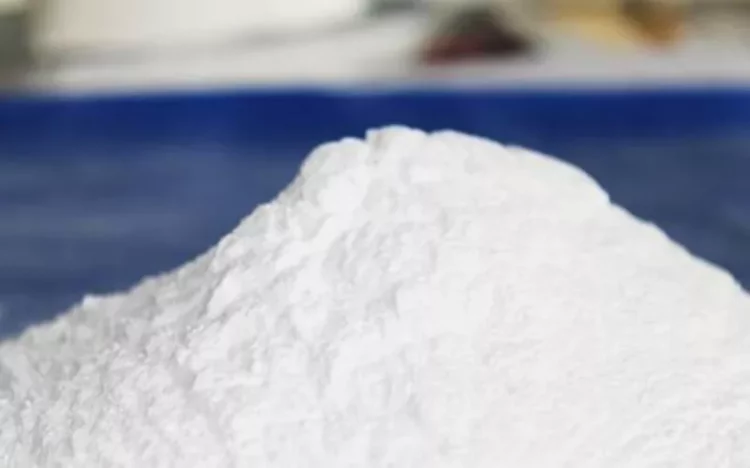Good article regarding the properties of zirconium oxide ceramics being produced today.
No, ceramic watches are not fragile. The cases and bracelets survive hard impacts just fine.
The movements, like any other mechanical watch, do not, and will self destruct long before the ceramic does.
I hope this helps stop perpetuating the “ceramic watches are fragile“ narrative.

 ggsceramic.com
ggsceramic.com
No, ceramic watches are not fragile. The cases and bracelets survive hard impacts just fine.
The movements, like any other mechanical watch, do not, and will self destruct long before the ceramic does.
I hope this helps stop perpetuating the “ceramic watches are fragile“ narrative.

Everything You Could Ever Want to Know About Zirconium Oxide - GGSCERAMIC
Are you curious about advanced materials such as zirconium oxide? zirconium oxide is a widely used ceramic material with excellent durability, corrosion resistance and thermal stability.According to r…
 ggsceramic.com
ggsceramic.com







